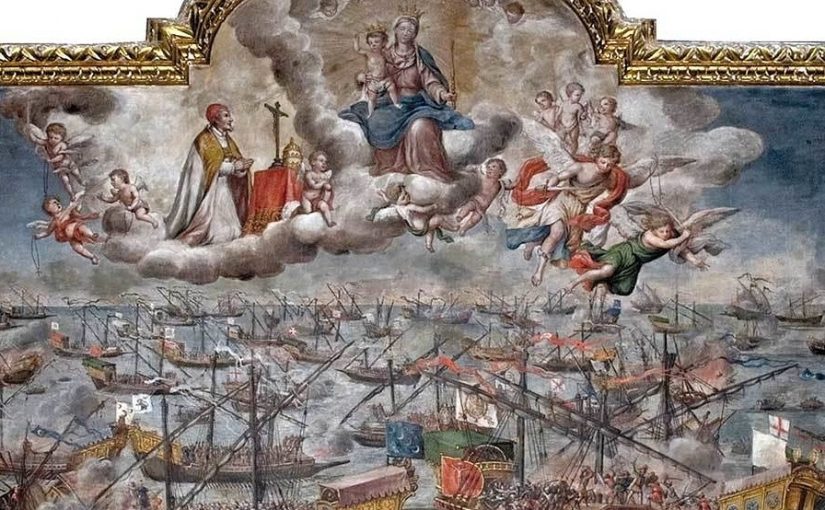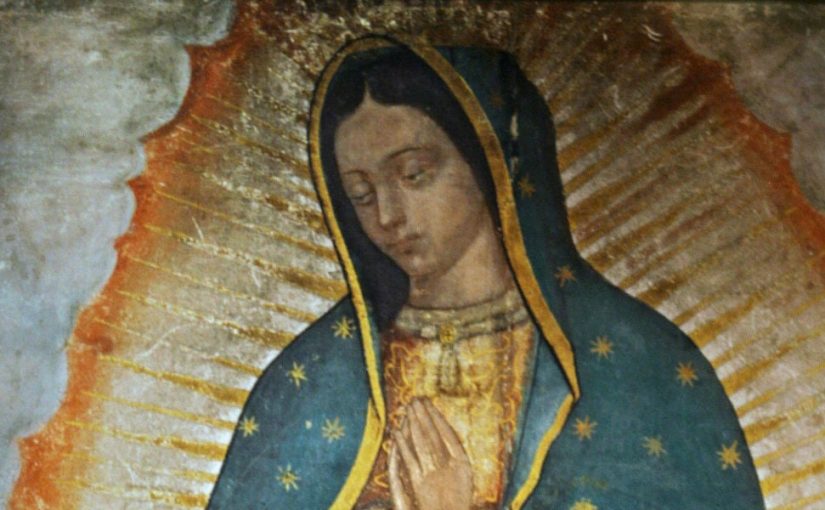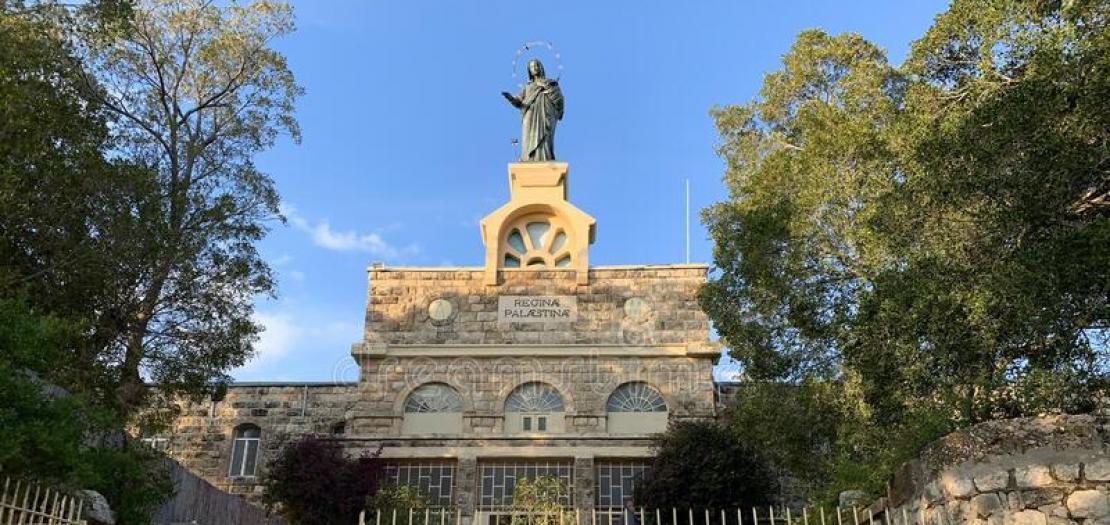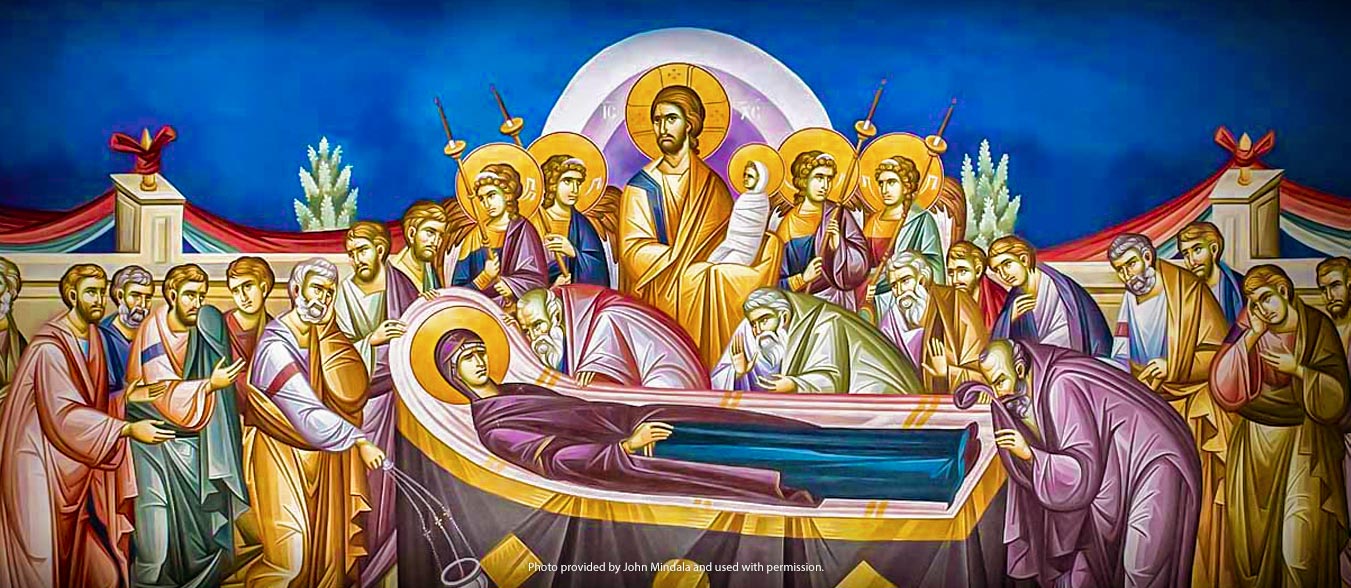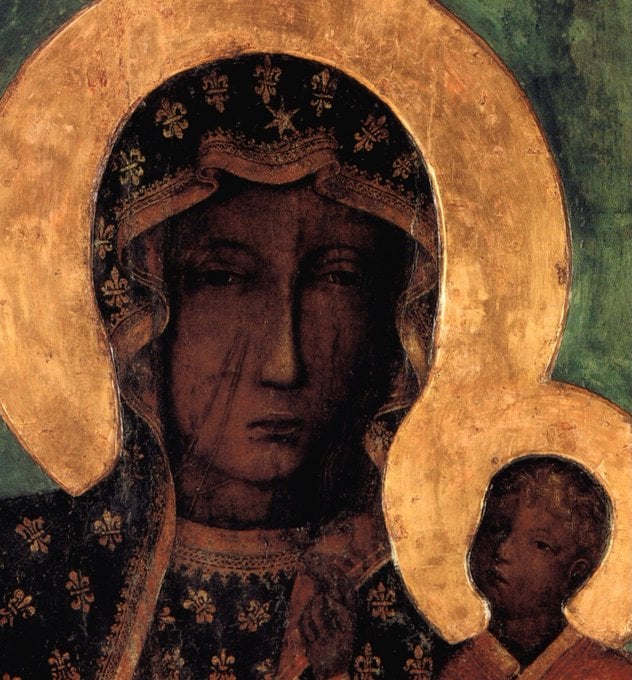Today the Church commemorates the feast of Our Lady of the Rosary, a celebration that has its origin not, as it would seem, in simply a prayer, but in a battle.
On October 7th, 1571 a fleet of ships assembled by the combined forces of Naples, Sardinia, Venice, the Papacy, Genoa, Savoy and the Knights Hospitallers fought an intense battle with the fleet of the Ottoman Empire. The battle took place in the Gulf of Patras located in western Greece. Though outnumbered by the Ottoman forces, the so-called “Holy League” possessed of superior firepower would win the day. This victory would severely curtail attempts by the Ottoman Empire to control the Mediterranean, causing a seismic shift in international relations from East to West. In some respects, and I do not want this claim to be overstated, the world that we know came into being with this victory. This event is known to history as the “Battle of Lepanto.”
Pope Pius V, whose treasury bankrolled part of this military endeavor, ordered the churches of Rome opened for prayer day and night, encouraging the faithful to petition the intercession of the Blessed Virgin Mary through the recitation of the Rosary. When word reached the Pope Pius of the victory of the Holy League, he added a new feast day to the Roman Liturgical Calendar- October 7th would henceforth be the feast of Our Lady of Victory. Pope Pius’ successor, Gregory XIII would change the name of this day to the feast of the Holy Rosary.
Our Lady of Victories, pray for us.
Our Lady of the Rosary, pray for us.
Source: Fr. Steve Grunow
